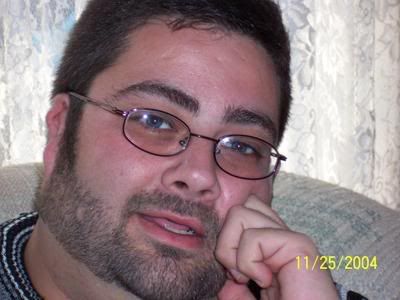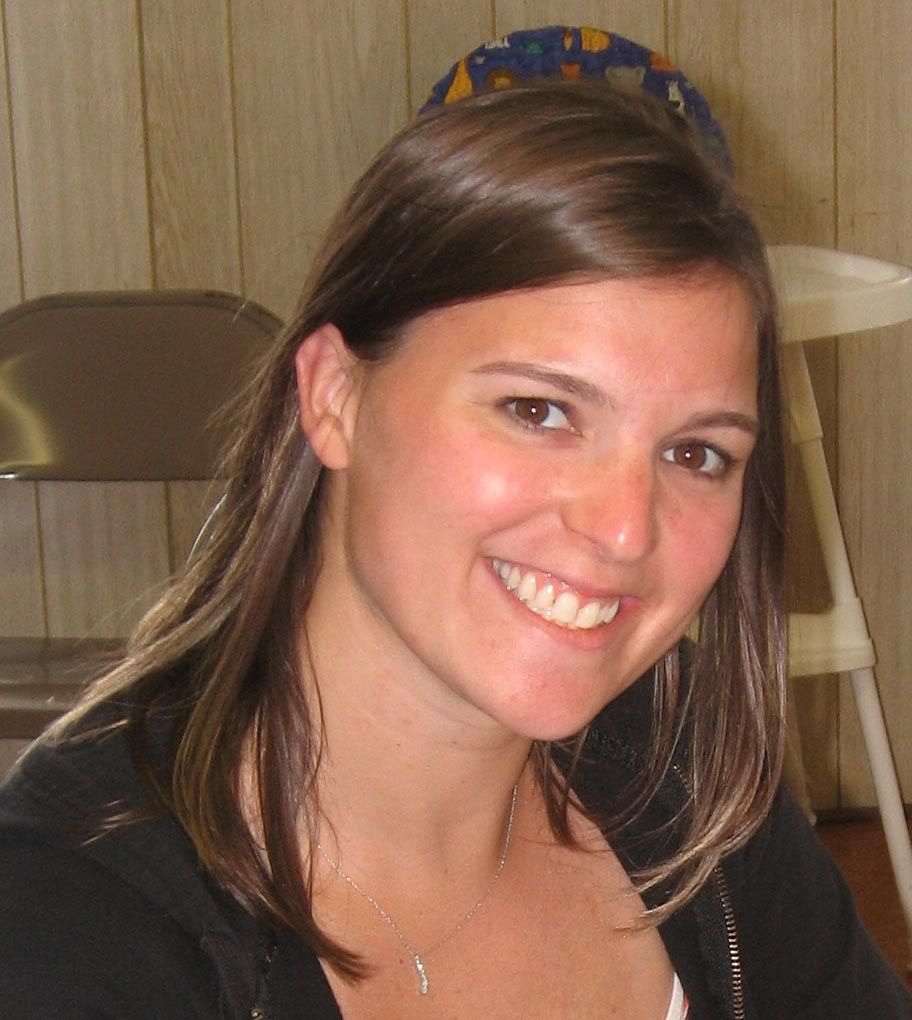“For the next BookHands meeting, we’re going to read The Last Lecture
by Jeffrey Zaslow,” announced Tanya Hammersmith. We had gathered at Patti Phadke’s house during the recent Sunday and had just finished a discussion of Nights in Rodanthe by Nicholas Sparks. I was really excited about Tanya’s pick, because it was a book on my “must read” pile and it was going to be my selection for my own hosting turn anyway.
by Nicholas Sparks. I was really excited about Tanya’s pick, because it was a book on my “must read” pile and it was going to be my selection for my own hosting turn anyway.
For those of you who are not familiar with Randy Pausch, you can view the The Last Lecture, a speech that he shared at Carnigie Hall after he was diagnosed with pancreatic cancer. The video is over an hour in length and is open captioned:
Randy Pausch, The Last Lecture
Sadly, Randy passed away in July, but not without leaving many life lessons in his lecture. What was intended as a gift to his children turned into a gift that many of us can take away from his lecture.
When I first heard of Randy’s book, I noticed that it was written with Jeffrey Zaslow. The name seemed so familiar to me but I couldn’t quite put my finger on it. Then I remembered: Jeff had a regular column in the Chicago Sun Times and he wrote a column on the Depcik family, a deaf family from Lyons, Illinois. Caroline Depcik and I had played volleyball together for many years–and Joe and I shared our honeymoon with Kay (Caroline’s sister) and her husband Paul.
I emailed Caroline to see if she could find a copy of the column but she said it was buried somewhere in the house. So I emailed Jeff Zaslow to see if he could pull up a copy that I could share. He kindly responded with a copy of the column and permission to share it:
Hi Karen,
Thanks for writing. You brought up a long-ago memory of my column on the Depciks, so I pulled it out of the WSJ library. (I’ve been at the WSJ now for 7 years). I enjoyed my time at their house…20 years ago!!
Anyway, I hope you enjoy The Last Lecture and please thank everyone at the book club for reading it.
All the best,
Jeff Zaslow
Deaf family of 7 shows silence can be golden
Jeffrey Zaslow
672 words
8 February 1988
Chicago Sun-Times
FIVE STAR SPORTS FINAL
35
English
© 1988 Chicago Sun Times. Provided by ProQuest Information and Learning. All rights reserved.
Caroline Depcik begins her letter bluntly: “Unless you’re a coward, what could be more fun and interesting than visiting a family of seven deaf people who live normal lives?”
As an advice columnist who makes house calls, I’ve asked readers to invite me for dinner. Caroline’s letter is so challenging, I have to visit her house first.
So I head out to Lyons and am welcomed by the Depciks with big smiles and cold beer. Robert and Rita Depcik are deaf. Their children – Michael, Valerie, Paul, Caroline and Kay – range in age from 18 to 25. All are deaf.
I quickly learn that in their world, I’m handicapped. As they converse effortlessly with their hands, my ears are useless. Luckily, the Depciks have also invited deaf friends who can hear to some degree or read lips well enough to translate for me. (The quotes that follow are translated from sign language.)
The Depciks are attractive, well-adjusted and love a good laugh. Responding to sign language commands, their dog does tricks for me – rolling over, playing dead.
Except for touches like flashing-light alarm clocks, their suburban home looks like any other. It is the dinner-table conversation that is so different.
Michael, 18, has just returned from Australia. Though Australians speak English, “their sign language was like French to me,” he says. He felt self-conscious, signing with an American accent.
Caroline tells of how a man approached her in a loud, crowded bar. She motioned to him that she couldn’t hear. He thought the loud music was the problem. He kept shouting, then gave up, confused.
Scott Morrison, a family friend, explains how he went deaf: “I was 11 years old and watching `The Twilight Zone’ on TV. The sound kept getting lower. The next morning, I couldn’t hear. My hearing went into the Twilight Zone.”
Scott’s wife, Deeadra, is deaf, but their son, Daylon, 2, is not. Deeadra and Daylon were recently on a playground, signing to one another. “Parents looked at us like we were freaks,” she says. “Daylon wasn’t embarrassed. But I know he’ll go through a stage where he’ll be ashamed of me.”
I ask for complaints about hearing people. A half-dozen hands start signing at once. Scott hates people who gawk: “In a restaurant, I ask to sit facing the wall, so I won’t see people staring when I sign.”
Some people are ignorant about the deaf. “They ask if we read Braille, or if we can pray, or how we communicate when we make love,” says Iris Martinez, a family friend. “I say, `Date a deaf person and find out!’ ”
The old phrase “deaf and dumb” still stings. “There’s a lack of confidence in us,” says Valerie.
Another complaint is that local TV news is not captioned for the deaf. “When Mayor Washington died, we were desperate to know what was going on,” says Iris’s husband, Fidel.
Their advice to the hearing: Don’t bother screaming; even a bullhorn won’t help. If your children are deaf, learn how to sign. (A poem from a deaf child to his family begins: “What I want most is to hear your loving hand. . . .”)
“We don’t want sympathy,” says Iris, who has been sent free drinks by people who see her signing in restaurants. “All we ask is patience, understanding and if you can’t communicate by speaking, write it down. People can hear with their eyes. They can talk with their hands.”
While the Depcik women watch “Dynasty” (with captions), I have another beer and some laughs with the men. By then, it’s late. I thank Rita for a great meal and we say our goodbyes.
Once in my car, I listen to the radio self-consciously. Then I turn it off and drive home in silence.


 Bryen M. Yunashko is known as Yuko to his friends. For the last nine years, Bryen has been self-employed as a consultant in the IT field, specializing in open source software, especially Linux. “I focus on server set ups, file systems, email management, and desktop management,” Bryen explained. “At any given time, day or night, I could be discussing a project with developers in China, Europe, India, the U.S., anywhere.”
Bryen M. Yunashko is known as Yuko to his friends. For the last nine years, Bryen has been self-employed as a consultant in the IT field, specializing in open source software, especially Linux. “I focus on server set ups, file systems, email management, and desktop management,” Bryen explained. “At any given time, day or night, I could be discussing a project with developers in China, Europe, India, the U.S., anywhere.”






 Susan Elliott rocks.
Susan Elliott rocks.